Monday I shared with you pictures from a walk Keith and I took along a local Wetlands Trail near our house. And then I shared some of the neat spider webs we saw along the trail. Today I want to share some more pictures of the wildflowers that were blooming when we took our walk.
[pinterest]
Every so often we would catch a glimpse of pure white Morning Glories.
[pinterest]
I have always loved Morning Glories. They are usually only open in the morning or on overcast days. And they can come in a wide range of colors, but these simple white ones were what we saw growing along the trail.
[pinterest]
Jewelweed was blooming everywhere.
[pinterest]
It is also called Touch Me Not because when the seed pods are ripe, if you barely touch them they will burst open, flinging seeds everywhere.
[pinterest]
It is an herb that is used for skin rashes and bug bites. And it likes to grow in ditches or along side creek beds or streams. So naturally it fit right in here in the wetlands.
[pinterest]
Cardinal Flower is another flower that likes wet places to grow. The bright red flowers really stand out among the green foliage in the wetlands.
[pinterest]
Purple Ironweed was also in full bloom while we were walking the trail.
[pinterest]
Ironweed is in the Aster family and the flowers resemble Asters.
[pinterest]
And the colors can range from lavender to dark purple to magenta.
[pinterest]
Bees and butterflies love this plant.
[pinterest]
And it is found along wetlands, meadows and fields in the fall here in Virginia.
[pinterest]
White Crownbeard is another member of the Aster family.
[pinterest]
There were patches of this growing along the paths.
[pinterest]
And of course, Japanese Honeysuckle can be found just about anywhere. I found a small patch that was blooming along the trail. Unfortunately, it has been classified a noxious weed here in Virginia. It is not native and can take over very quickly if it is not kept in line.
[pinterest]
The Sneezeweed was the predominant flower when we walked.
[pinterest]
It is such a bright and cheery yellow flower.
[pinterest]
Here a honey bee works the Sneezeweed. It is another favorite of bees and butterflies.
[pinterest]
Like this little Skipper that we saw. There were lots of butterflies and hummingbirds working the fields of flowers while we walked.
[pinterest]
Great Blue Lobelia was also abundantly blooming. And yes, it is related to the Cardinal Flower that was blooming.
[pinterest]
And there were patches of Eastern Daisy Fleabane. These often have a sweet, buttery smell.
Another yellow flower abundant right now is Goldenrod. Between the Sneezeweed and Goldenrod there was plenty of yellow to go around on our walk.
[pinterest]
Another plant that likes to grow in ditches and fields is Soapwort. And we found some of this growing along one of the paths.
[pinterest]
These little lavender flowers belong to a plant called Carolina Horse Nettle. Not sure where or how it gets it’s name. It is also called wild tomato. And that makes sense, because after the flowers bloom, these little orange fruits grow that look like little tomatoes. I don’t know if they are edible, but these plants have stickers, so it’s not one that I ever mess with. It’s another of the plants on the noxious weed list. But, it’s a favorite of game birds like wild turkeys.
[pinterest]
Queen Anne’s Lace is one of my favorite wildflowers and it was blooming in the fields around the wetlands. It pretty much seems to grow anywhere.
[pinterest]
And this pretty little flower belongs to Crown Vetch, a vine that has long been used for erosion control. I think this should be on the list of noxious wildflowers. Once it gets started (and it can be spread by birds very quickly) it is hard to get rid of.
All in all, we saw and photographed fourteen wildflowers that were blooming that day when we took our walk. Not bad for a morning out in the wetlands.
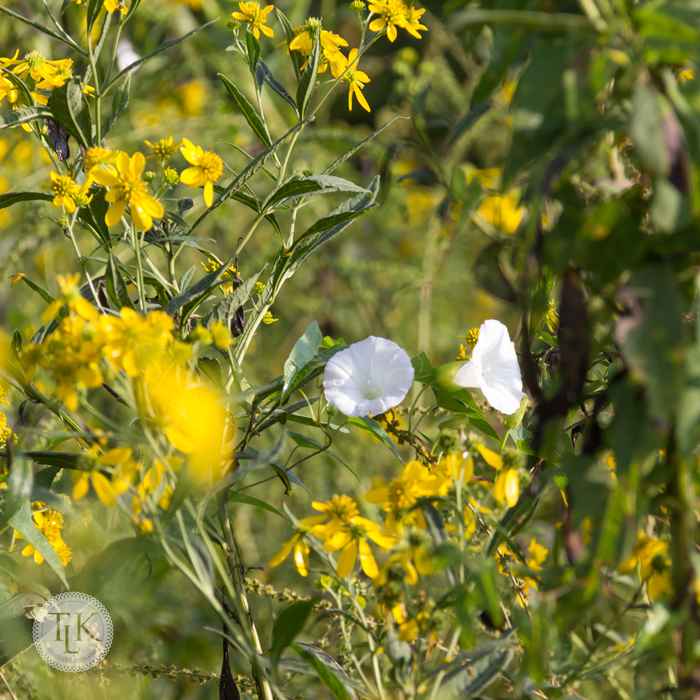
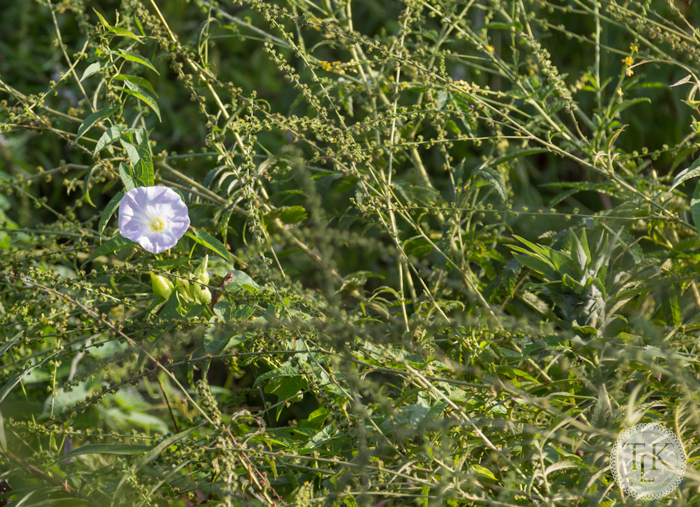
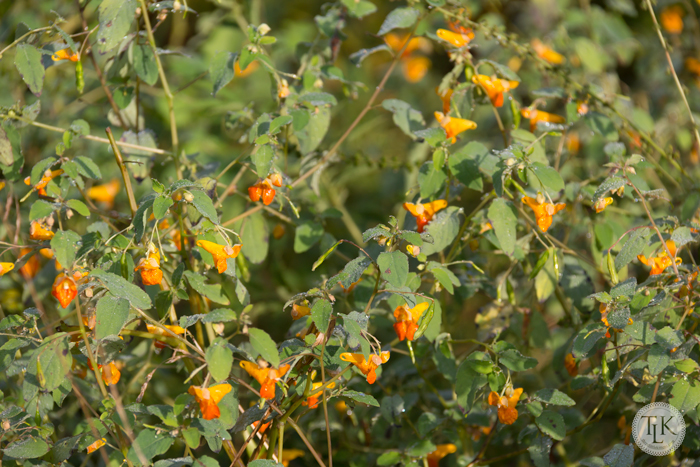
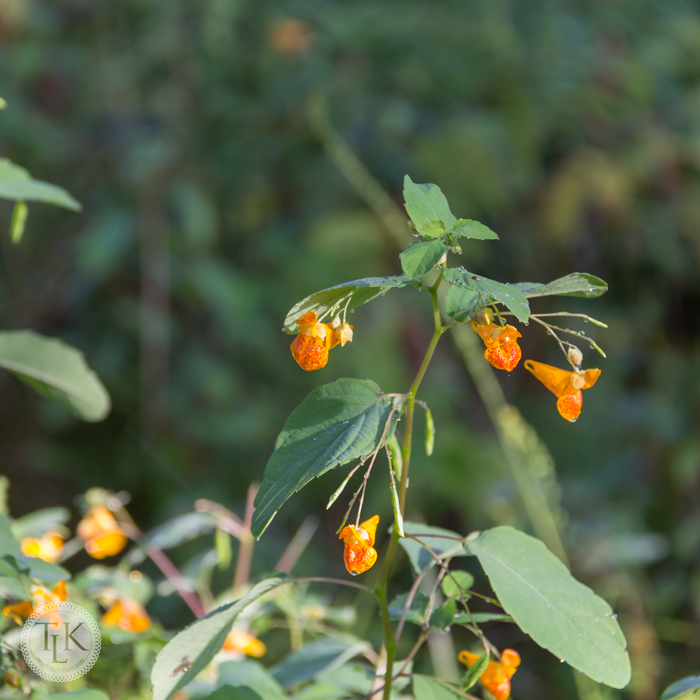

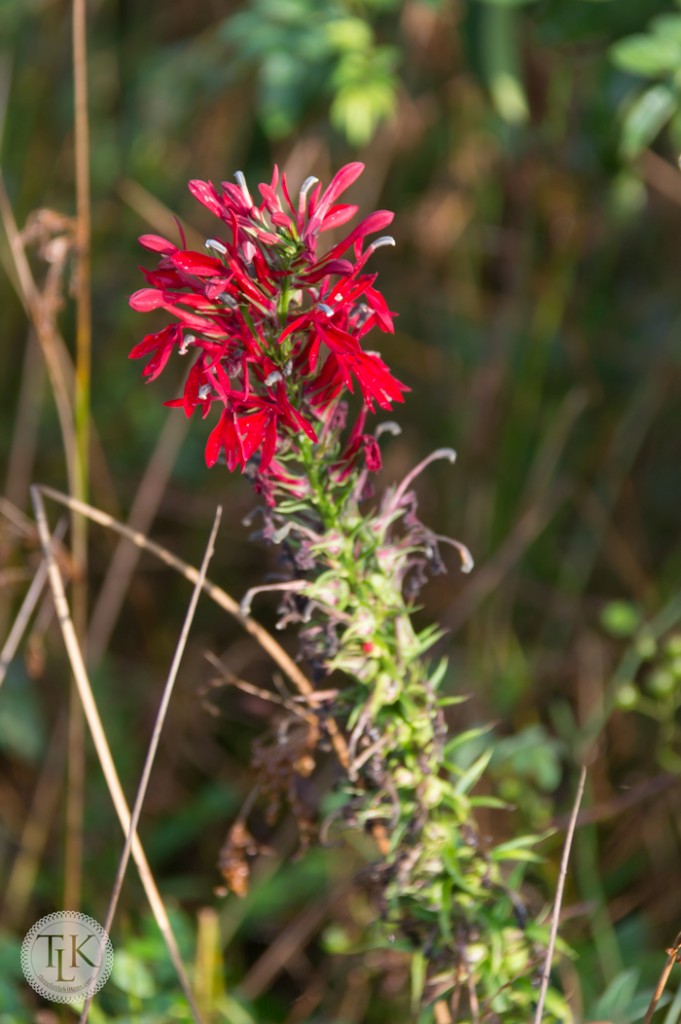

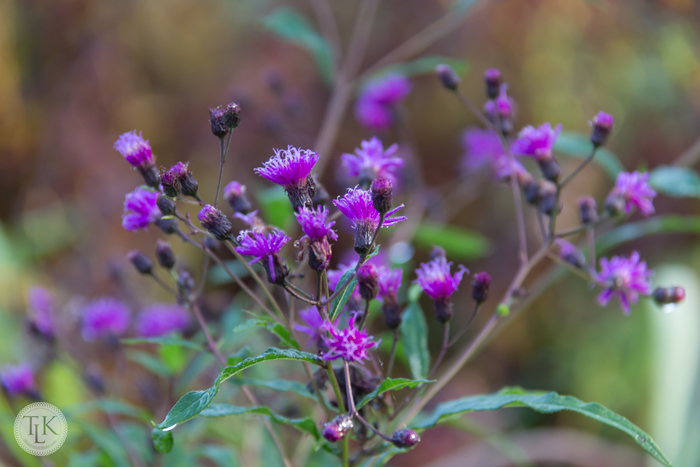
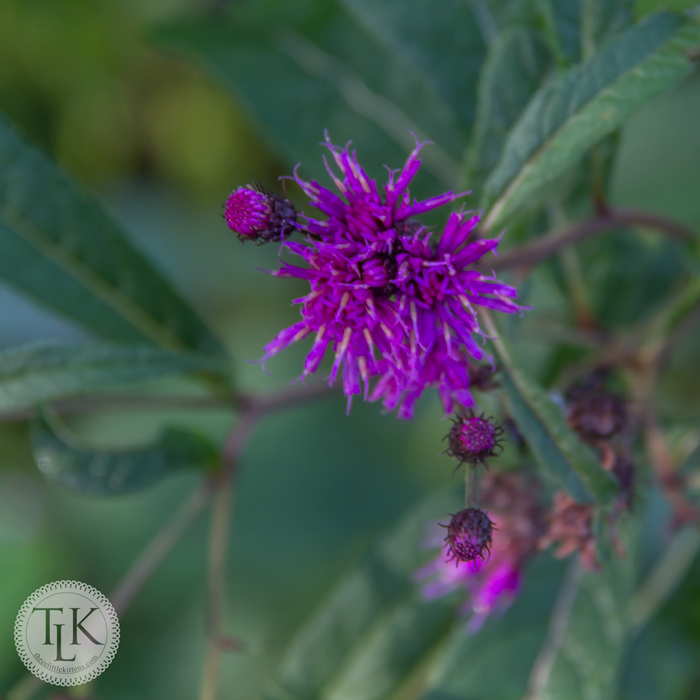
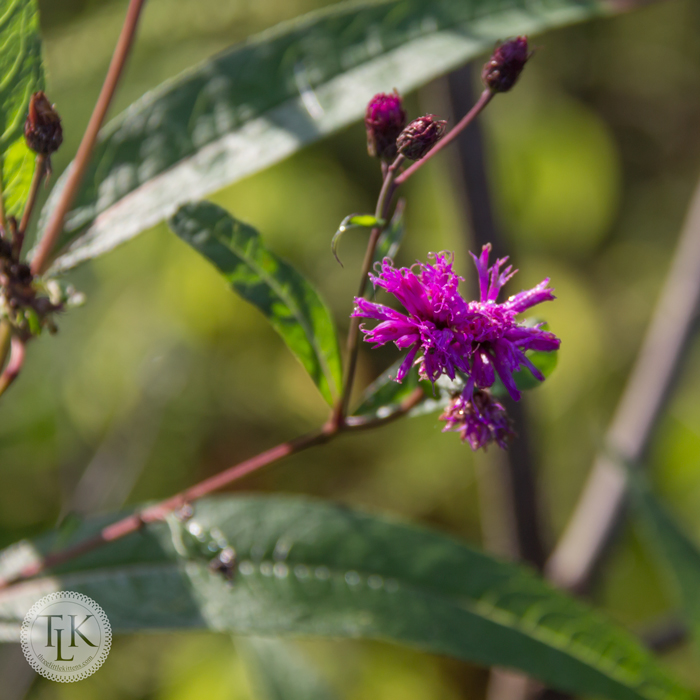
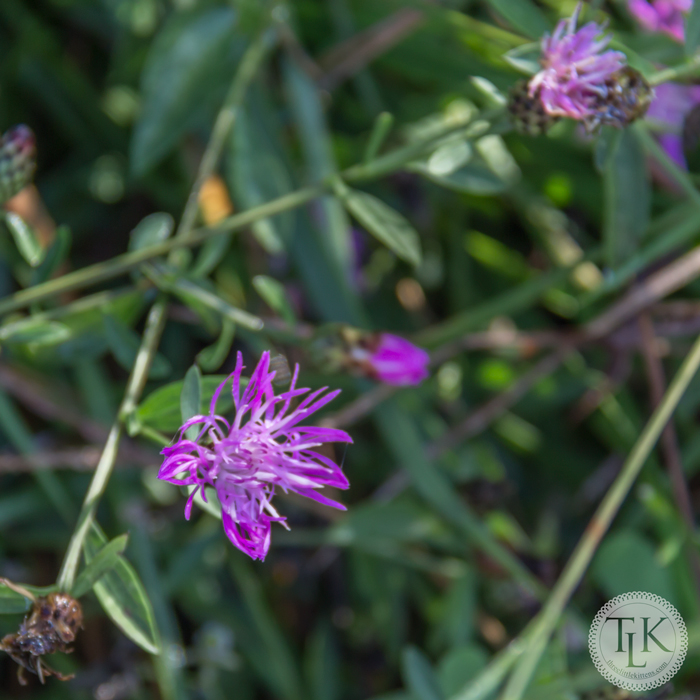
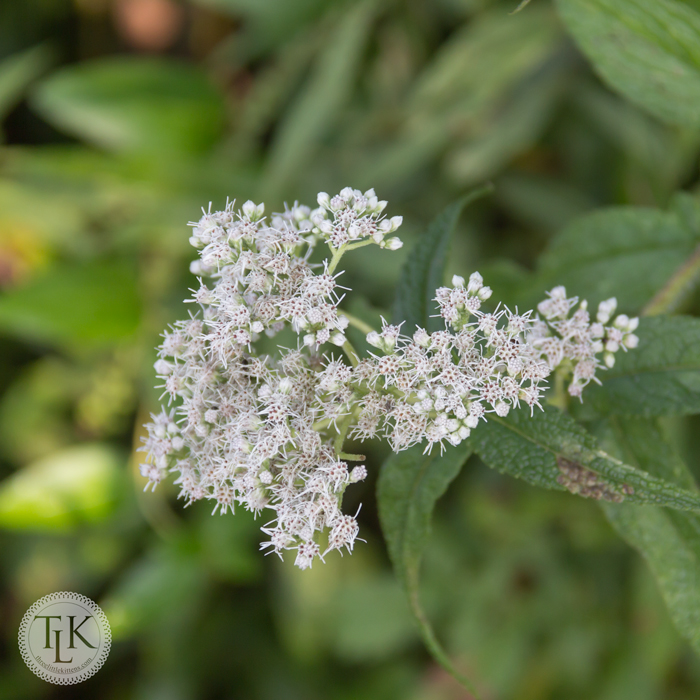
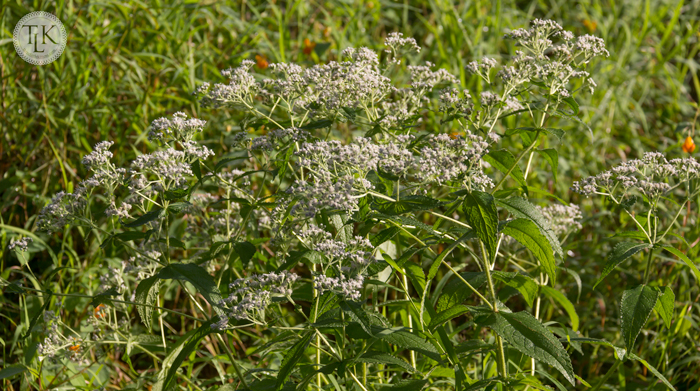

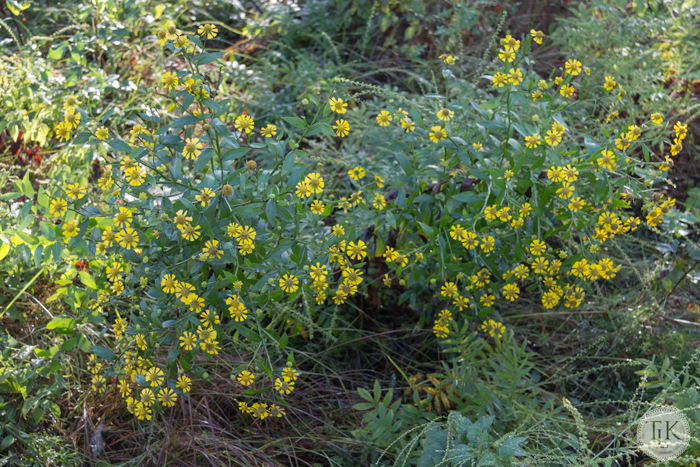
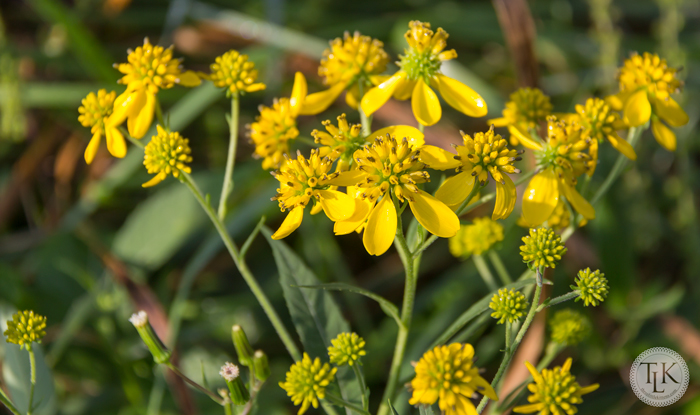
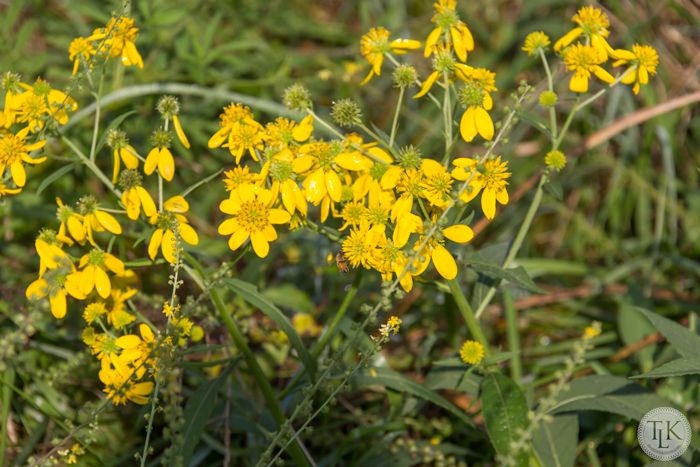
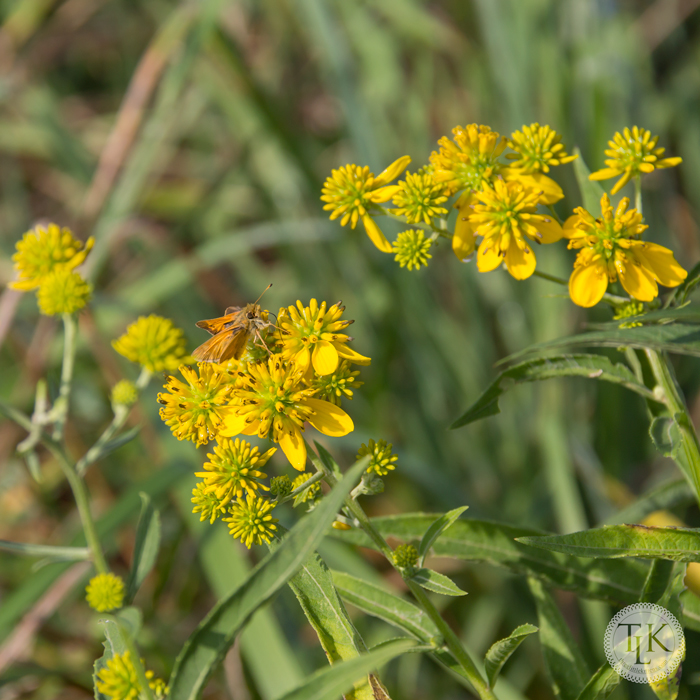
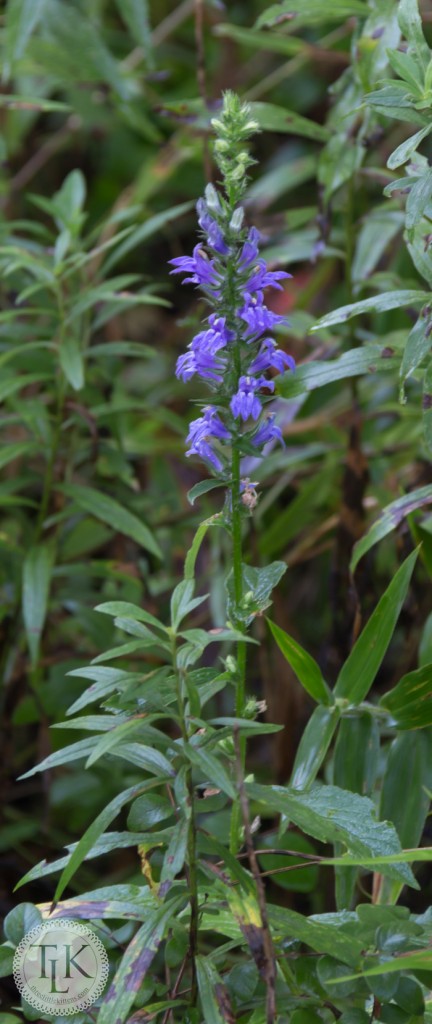
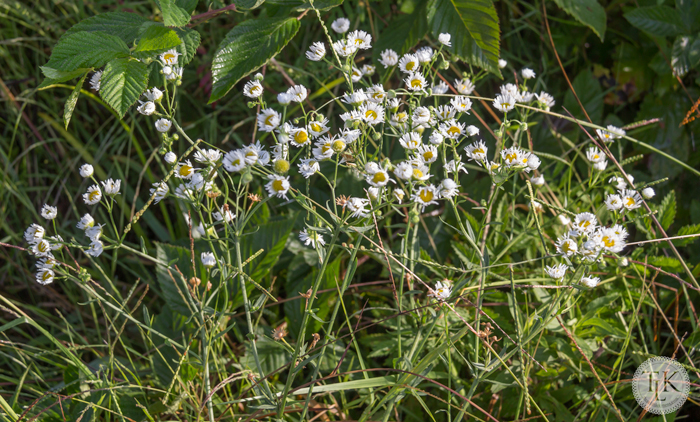
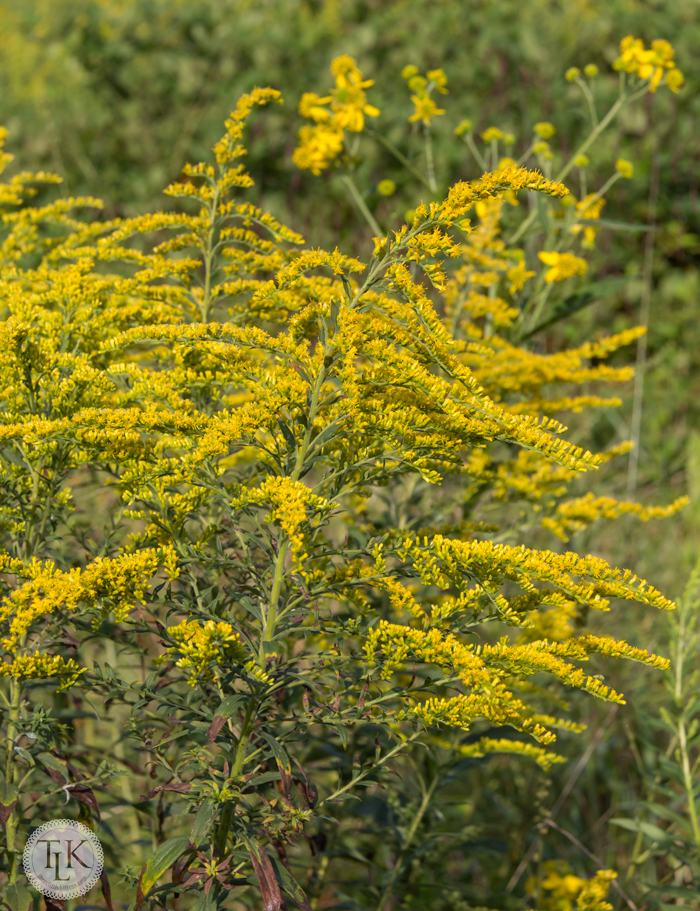
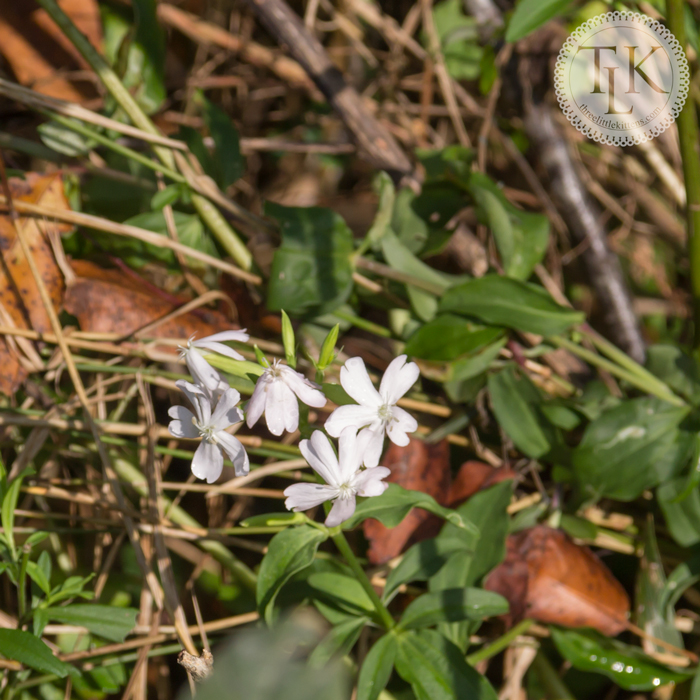
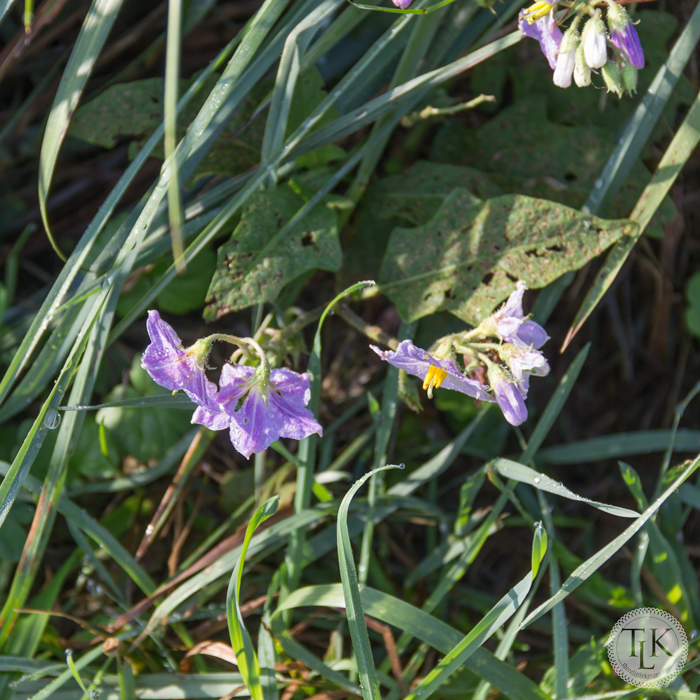
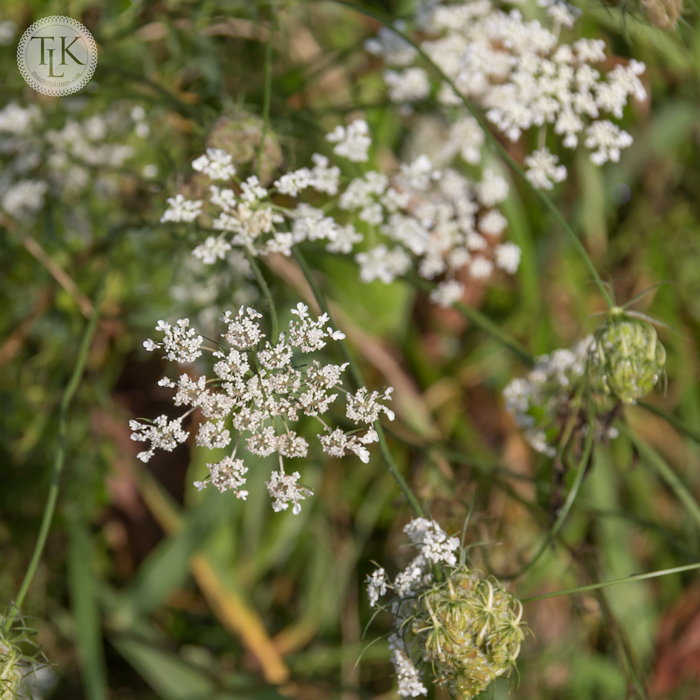

Leave a Reply